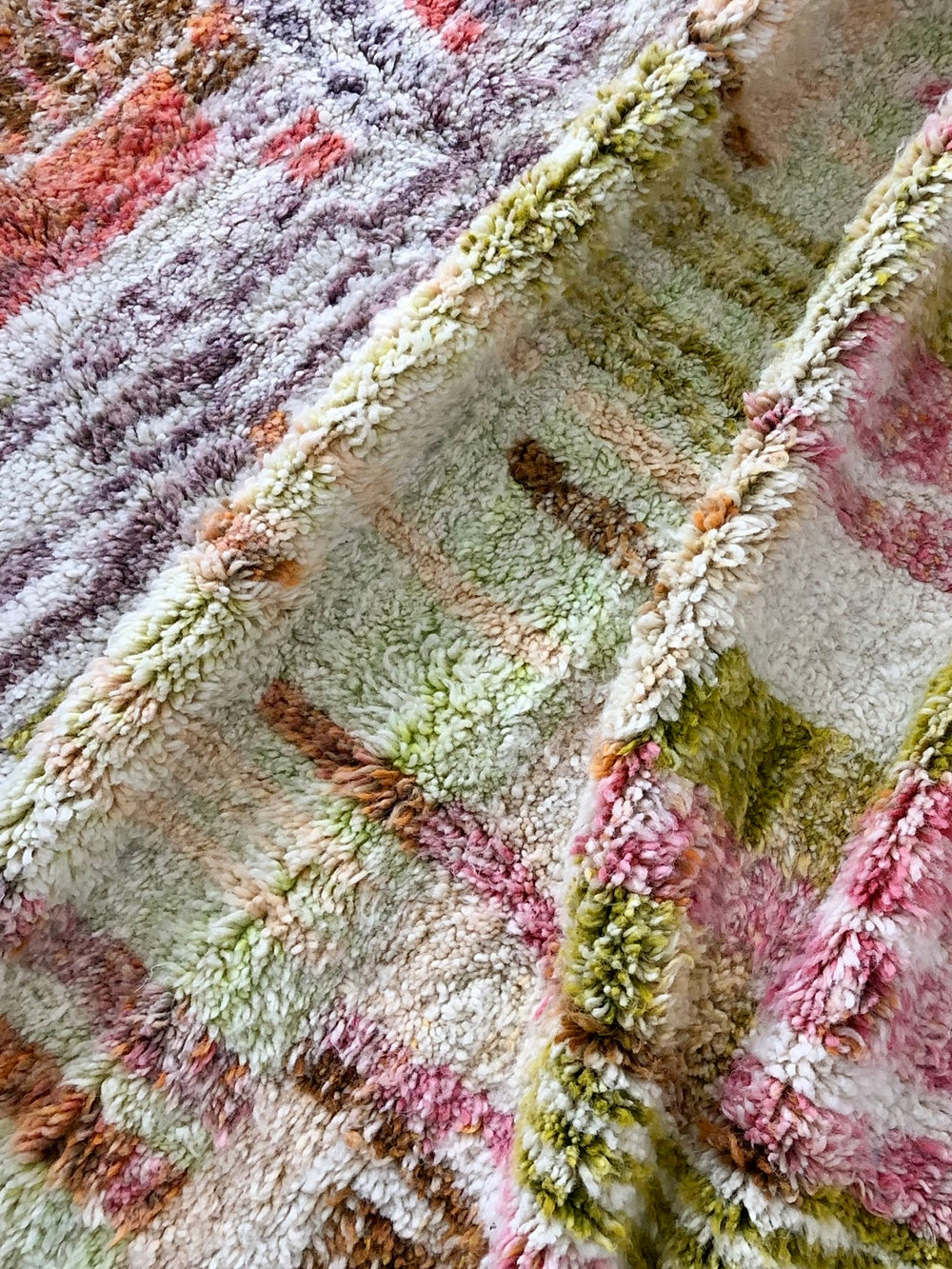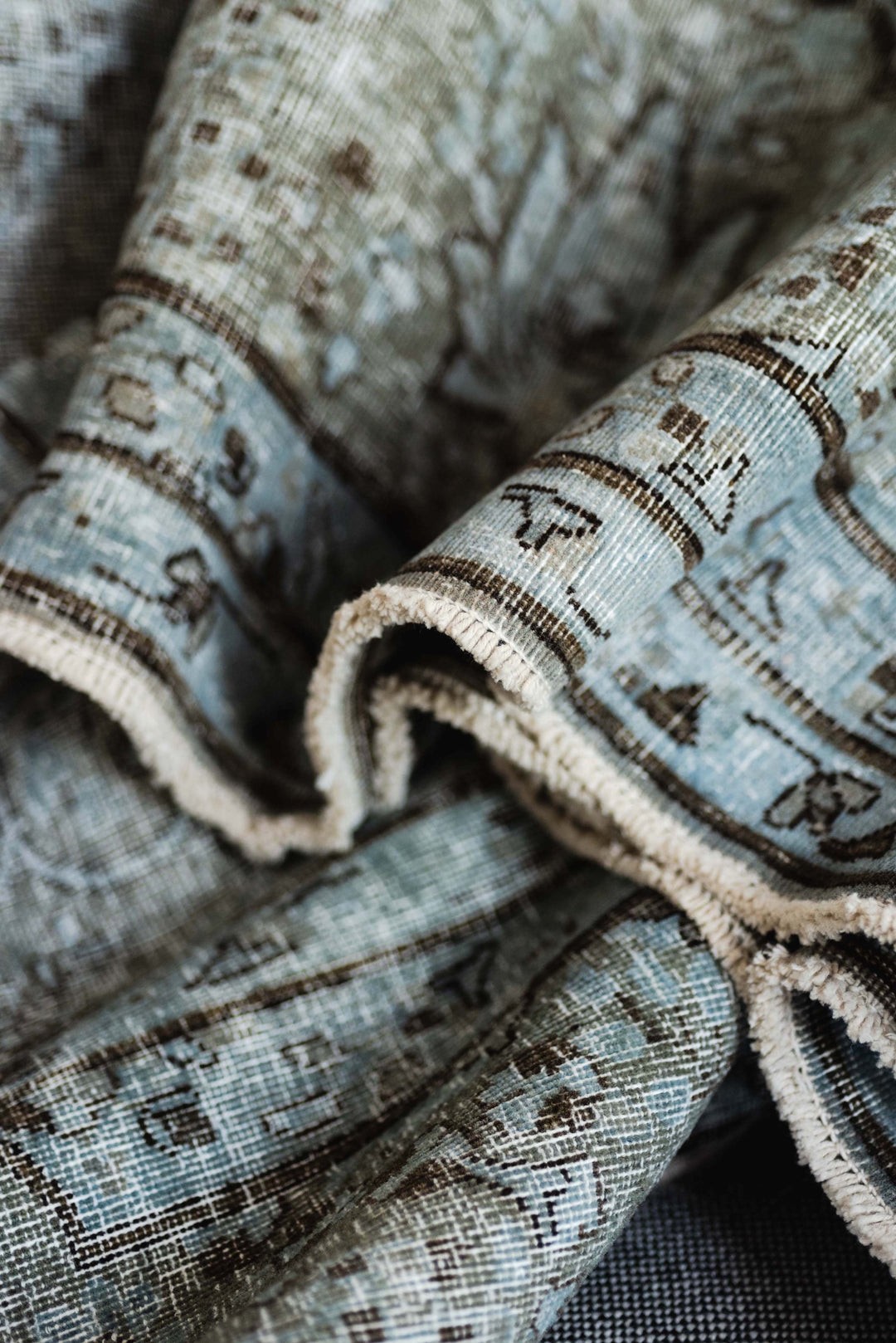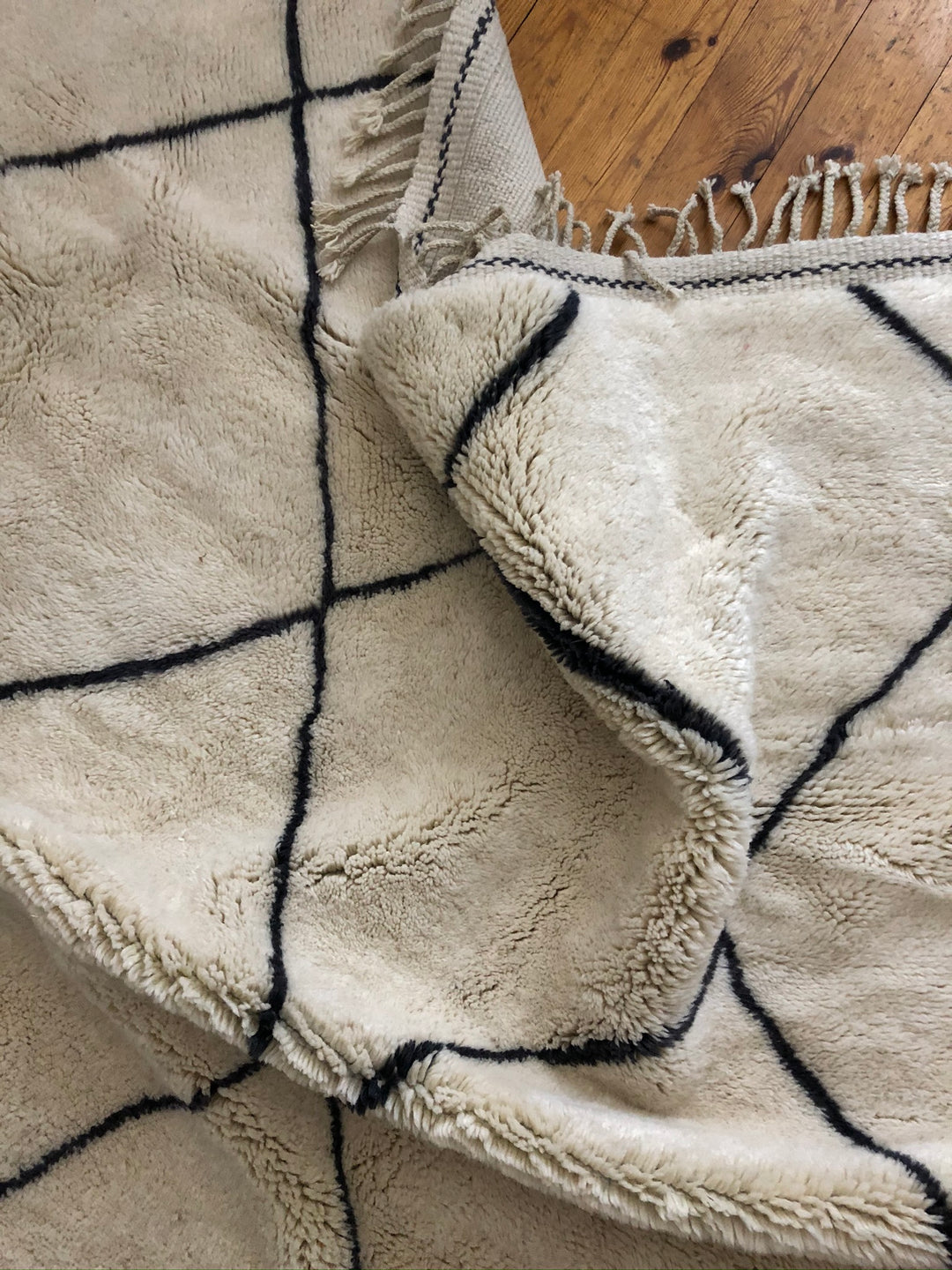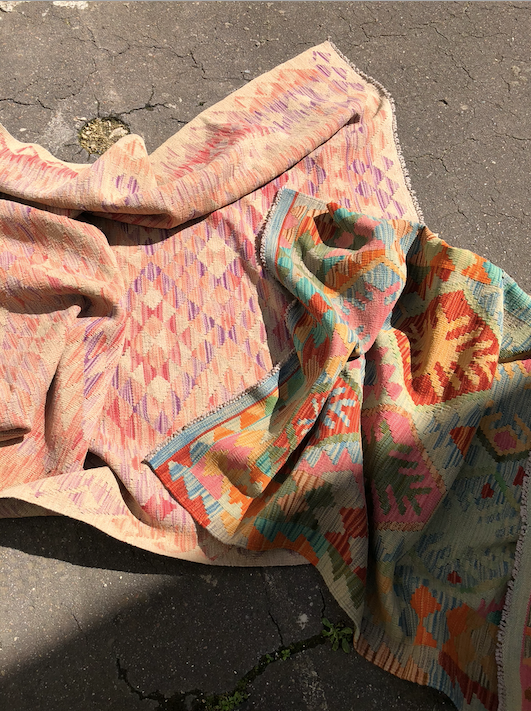About Kilim carpets
Kilim means flat weave. According to the name, a kilim is a woven and not a knotted carpet or wall hanging. Woven carpets of various sizes are found in many cultures around the world. However, we only speak of kilims when it comes to flat weaves from the Balkans, the Near East and the Middle East. The most commonly used material in the production of a kilim is sheep or goat wool. Cotton is not found in oriental kilims. A kilim always consists of a weft and a warp thread, which can be processed in very different ways. As a basic form, this structure has been one of the simplest weaving methods since at least ancient times and is still modern. Despite the simplicity of this carpet-making technique, incredible variation and beauty is possible in the design of a kilim. The pattern of the kilim is always determined by the weft thread. This means that the warp thread of such a carpet can also be undyed. The weft thread of the kilim, on the other hand, is used in different colors: from blue, turquoise or green to shades of red, orange and brown. Gray or black are also very modern. Kilims of different colors are created. In addition to the carpet color, the shapes also characterize a kilim. The kilim motifs also go back to a centuries-old tradition. In the past, the carpets and wall hangings of nomadic tribes were decorated with emotional expressions or images of the natural environment. Floral patterns in particular as a connection to nature can be seen on kilims. But animal references are also common motifs for traditional carpets. Each kilim tells its own story with its pictures and beyond, which has been passed down through the generations with the carpet. The story of the kilim also tells a story of working women in nomadic peoples. The carpets are still evidence of knowledge and craftsmanship that have been passed on from mothers to daughters for centuries. The design of a kilim also refers to the regional origin of the respective carpet. The motifs provide conclusions about different tribes of nomads and their spread and movements. Today, modern adaptations of vintage motifs adorn the carpets that are in the line of kilims. Modern carpets not only take up the shapes and colors of traditional kilims in their design - from green, blue, gray, black to red, orange, brown, beige - but also still resemble the technology of their predecessors.
Kilims can be differentiated based on different types of carpet weaving. Regional references become visible here too. Slit kilims are woven to create a slit. The weft thread of this type of carpet is reversed and the ends of the thread are always woven together. This means that this Kilim rug has an identical front and back and can be used on both sides. Cicim kilims are those kilims that are embroidered. Nomadic kilims that are made solely for personal use, usually have a striped pattern and are woven from goat hair, are called keci kilims. The Soumakh kilim is striking due to its fine pattern. The weft thread is passed over four warp threads and finally wrapped around two. The ends are simply left to hang out at the back of the kilim. The Verneh kilim usually shows a pattern thread on a base fabric in the colors blue and red.
What all of our Kilim carpets have in common is the manual production using traditional craftsmanship - implemented in a modern way. In addition, only natural fibers, namely wool, are used. Kilims can be decorated flexibly. Whether in modern lofts with concrete floors or on floorboards in old apartments in Berlin - a kilim creates something special everywhere. The carpets can be used in the living room or bedroom or as a runner in the kitchen, bathroom or hallway. We divide our Kilim carpets into three categories, which differ in the origin, style and appearance of the carpets. Runners are also available in the carpet categories mentioned. All kilims are unique pieces and differ in size, pattern and color. Unique color combinations alternating between red and blue, beige and brown or simply black / gray make our carpets truly unique. Traditional and modern are closely interwoven in our kilims in the truest sense of the word.
Our Shazahir Kilims come from Afghanistan, where they are made by hand. The creation of the patterns and the selection of colors are determined individually by the weaver. This means that each carpet looks different and is truly unique. They are characterized by their striking patterns, some of which are geometric and others have floral features. Many of these carpets show very intense colors that are mixed (from green to pink, blue and red or orange), while other pieces are more reserved or light in color (black, gray, brown or beige tones). Our boho version of the Kilim carpet.
The Fine Kilims also come from Afghanistan. These rugs are handwoven from Persian wool that is very finely spun. Because the wool is spun so finely, these kilim rugs are particularly fine and tightly woven. They show very subtle patterns, some of which are only recognizable at second glance. The colors move in pastel shades, some of which merge into one another. Our fine kilims are very elegant and underline a puristic look. The modern Kilim carpet.
ANTIQUE / VINTAGE KILIM
A carpet that is 80 years old or older is usually considered antique. Our category of antique kilims also includes carpets that are 50 years old. The vintage kilims we offer mainly come from Iran, so they are Persian pieces. Our Antique Kilims were not produced for commercial purposes, but were partly produced by nomads for their own use. They were originally used to decorate tents as floor coverings or wall hangings, but also as bags or saddles for donkeys. These carpets are real vintage pieces that were actually used and tell their own story. The carpets have been cleaned thoroughly and professionally and are therefore as good as new. What particularly distinguishes these vintage carpets is the high-quality wool from the local fat-tailed sheep from which they were made. This wool is much higher quality and more robust than the largely industrialized (New Zealand) wool that is now largely used in carpet production. All antique kilims are dyed with pure natural colors. Our timeless classic among the kilims.












